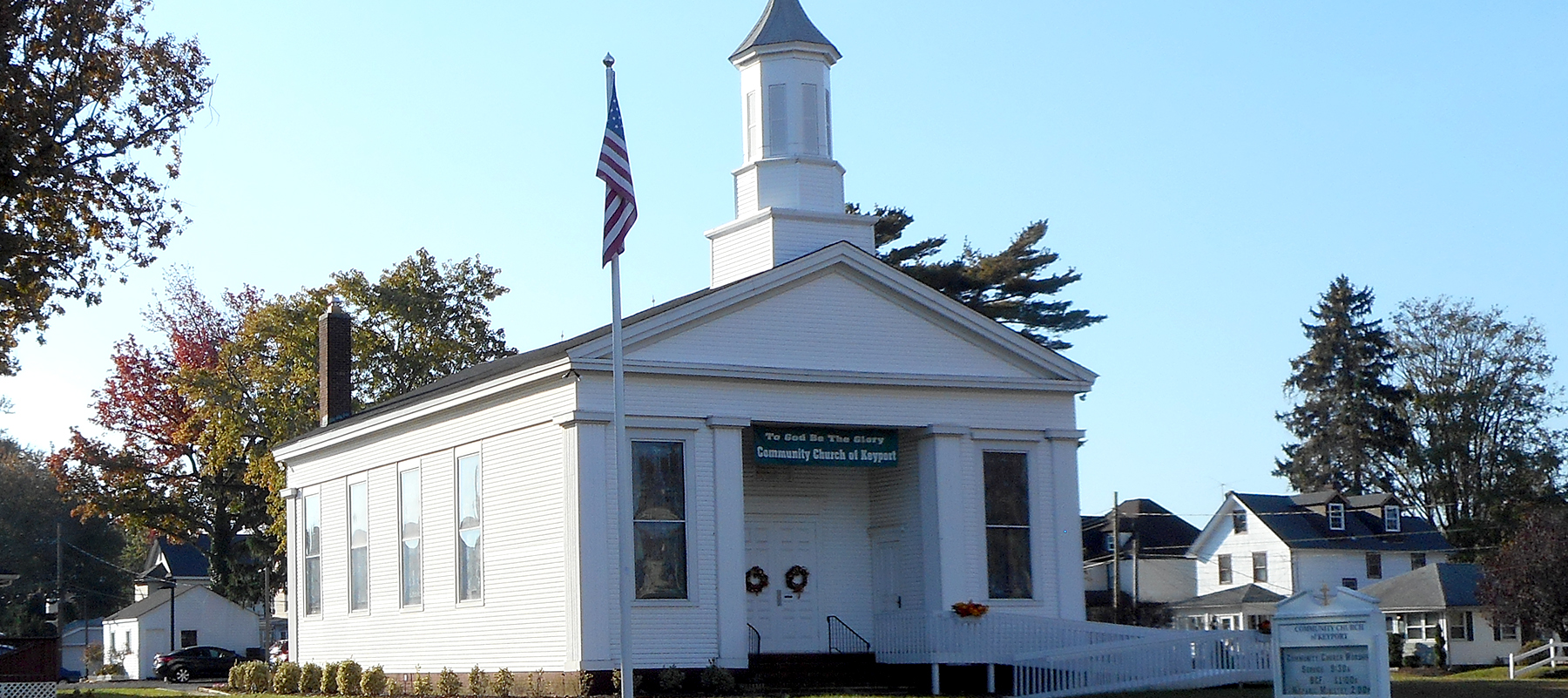M any churches feel disconnected from the neighborhood around them. Community ministry is especially challenging for commuter churches with few members who live in the church neighborhood. In these cases, the congregation might not have much to do with the church neighborhood outside of Sunday morning.
More churches are realizing how important it is to listen to the neighbors God has placed around us—to build a commitment to place. Yet our neighborhood ministries often do little to bridge the gap between the church and the community. How can you foster community ministry to make a meaningful impact?
Loving your neighbors in Scripture
Scripture consistently uses the word neighbor as a metaphor for others, and especially for those in need. In both the Old and New Testaments we find the same language that calls us to care, act with integrity, and do the right thing by our neighbor. The pairing of loving God and loving neighbor is a recurring theme that parallels God’s call to walk, love, and do (Micah 6:8).
Loving both the literal and metaphorical neighbor leads us to care for and respect neighbors as image-bearers of God. As Christians, our care for those around us is not only a good way to live, but it is also an essential aspect of what God expects from his people. Our motivation: creating God’s preferred future and helping God’s kingdom come.
How to reach out to your church’s community
Learn what your neighbors care about
It’s important to sincerely and intentionally listen to your neighbors. This is step one for any successful community ministry.
It’s simple to start. Just hang out where people in your church neighborhood congregate. When people are spending time outside, be there to open up a conversation or offer a hand in cleaning up a yard. You’ll begin to learn about who your neighbors are and what they care about. Discovering what your church’s neighbors care about helps your church move from ministry “to” and “for” neighbors to ministry “with” neighbors.
Build on your community’s strengths
Community ministry should be built on the assets that exist in your church neighborhood. So instead of starting with what’s wrong with the neighborhood, focus on what the neighborhood has to offer. This approach to community ministry is based on the philosophy of asset-based community development.
While you may eventually end up identifying needs and challenges, begin community ministry with the good things that are already happening, the potential that already exists, and the dreams that your neighbors have for their future.
The 9 principles of asset-based community development (ABCD):
- Everyone has gifts: Each person in a community has something to contribute.
- Relationships build a community: People must be connected in order for sustainable community development to take place.
- Citizens at the center: Citizens should be viewed as actors—not recipients—in development.
- Leaders involve others: Community development is strongest when it involves a broad base of community action.
- People care: Challenge notions of apathy by listening to people’s interests.
- Listen: Decisions should come from conversations where people are heard.
- Ask: Asking for ideas is more sustainable than giving solutions.
- Inside-out organization: Local community members are in control.
- Institutions serve the community: Institutional leaders should create opportunities for community-member involvement, then step back.
- Empower your neighbors to lead.
You cannot force individuals or communities to change. Transformation needs to be driven by the Holy Spirit at work within the individuals and communities with whom you engage. Be very cautious about imposing your agenda on other people. Instead, help individuals in your community create their own plans that they can implement. Think of your church as a catalyst. You can facilitate the process of identifying dreams and possibilities within your neighborhood, and then organize community action groups around things the residents care about.
5 simple ways to reach out to your neighbors
1. Walk your church neighborhood.
One of the best ways to build commitment to place is to walk the community and strike up conversations with the people you encounter. Regularly walking your church neighborhood will help you understand what is going on and be connected to the issues the neighborhood is facing. And being a consistent presence in the neighborhood is key to building your credibility. It proves to neighbors that you do truly care.
2. Become a neighborhood connector.
Imagine and create ways to convene and connect neighbors so that they get to know and care about each other.
3. Survey neighbors.
Listen to neighbors and build commitment to your neighborhood within your church through door-to-door surveying. You may have an initial fear of door knocking, but people often find the experience more rewarding than they expect.
What to say: Simply ask neighbors what they think about the community, what is important to them, and how you can pray for them. You will receive both insight into people you interview and a deeper understanding of issues in the community.
4. Share your church building with your neighbors.
When the church building becomes a place where your neighbors are comfortable, then you will be able to hear their hopes and concerns.
Can you make your church affordable and accessible for weddings, funerals, birthday parties, holidays, or discussing community issues? Being in the center of community life is key to hearing what’s really happening in the community.
5. Help make your community beautiful and comfortable.
Show your neighbors you care about the beauty and vitality of their homes. In some neighborhoods, community ministry might involve assisting with repairs and home projects that build or preserve the assets of homeowners. This can be an especially critical ministry for seniors or those who are unable to do or pay for their own repairs. For neighborhood betterment, activities may involve cleaning up alleys, removing graffiti, landscaping, or boarding up broken windows.
Committing to place also includes caring for your church facilities. It’s important to stay on top of exterior improvements that make the neighborhood a more attractive place, and interior improvements that make the church a comfortable place to come and use. This communicates to your church community that you are invested in making it beautiful.
Community engagement is just one part of a holistic ministry approach—ministry that embodies the gospel in both word and deed. Check out our complete guide to leading holistic ministry here.
Want to do more in your neighborhood?
Check out “Walking, Loving, Doing,” a guide developed to help your church practice holistic ministry. This article was adapted from the guide, which was written by David Kool and Andrew Ryskamp.



